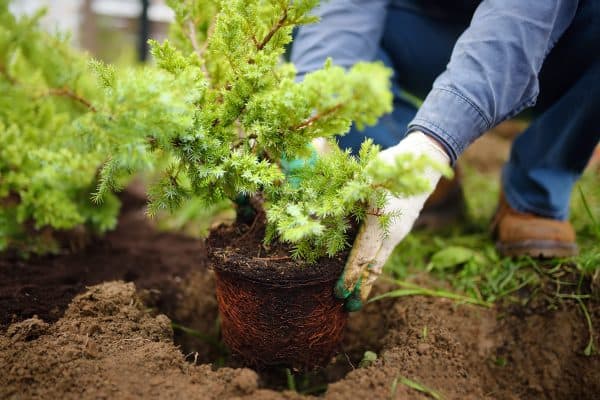The space of your home isn't only the house you live in; it's also the surrounding greenery of your area, like your lawn or garden. Of course, you want to take care of and cultivate it properly. But maybe you're not sure if mulch will help your grass grow. Don't worry; we researched whether grass can grow in mulch, and here is what we found.
Yes, grass seeds can grow in mulch but it would depend on what kind of mulch you have. There are two types of mulch to look out for:
- Organic mulch such as light compost or straw can help your grass grow.
- Inorganic mulch, like stones, or thick organic mulch like wood chips will suppress the growth of your grass seeds.
Before putting mulch for your grass seeds to grow, it's important to know what mulch to get for your grass seeds and how to apply them. This guide will tackle information about growing your grass seeds and more.
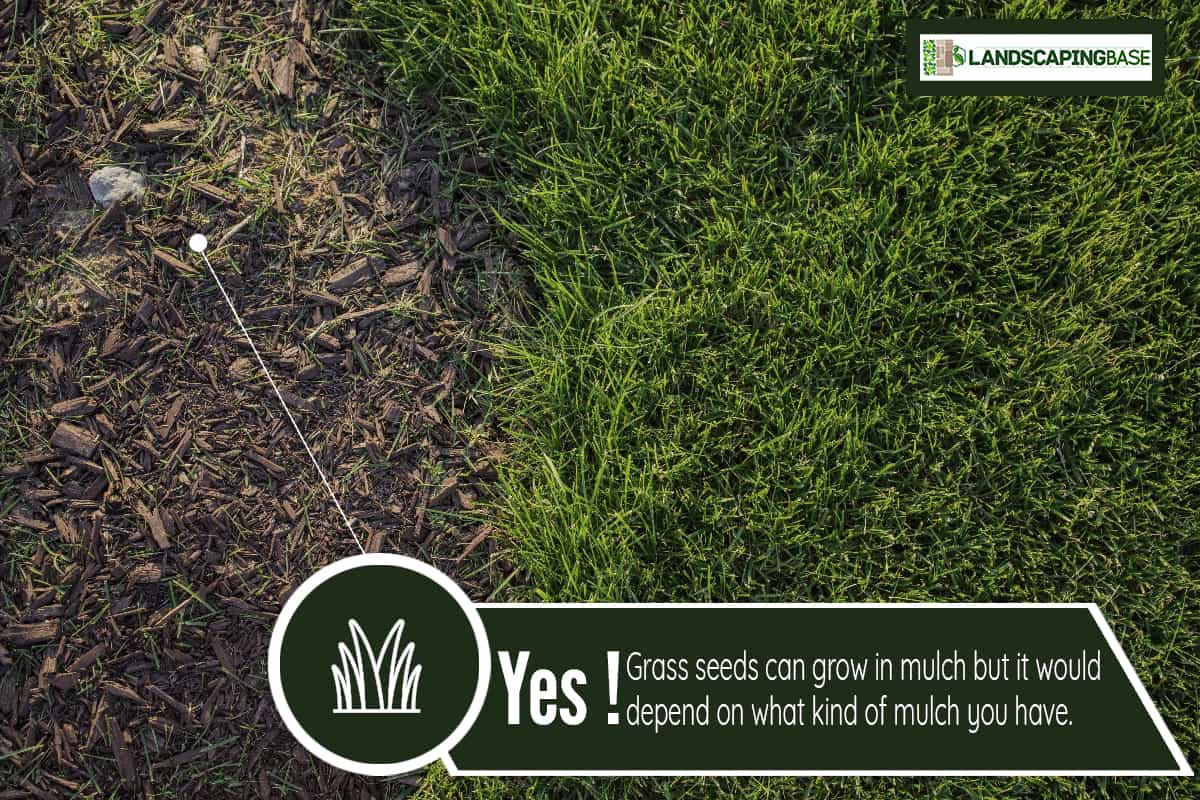
Using Mulch To Grow Grass Seeds
Mulch can protect your grass seeds from the elements such as strong winds, dehydration, nutrients on your soil, and much more. However, depending on what kind of mulch you have, it can have a positive or negative effect on the growth of your grass seeds.
Before applying it to your lawn, you'll need to know what type of mulch you can choose and for what purpose. There are two types of mulch to know about: organic and inorganic.
Organic Mulch
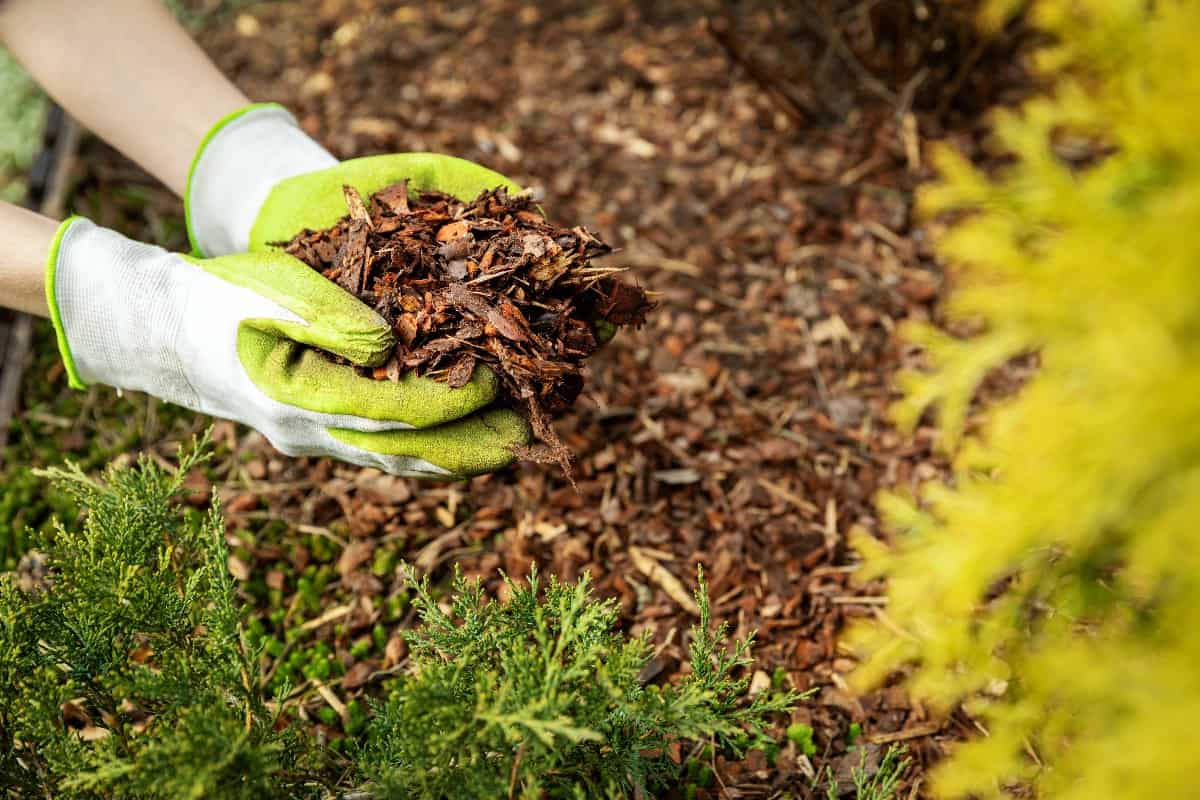
Choosing an organic mulch is the way to go if you want to grow your grass seeds. It can decompose naturally while retaining moisture in your soil which will help your grass seeds grow. You can use organic mulch for grass seeds such as:
- Compost
- Straw
- Hay
- Sawdust
- Peat Moss
Inorganic Mulch
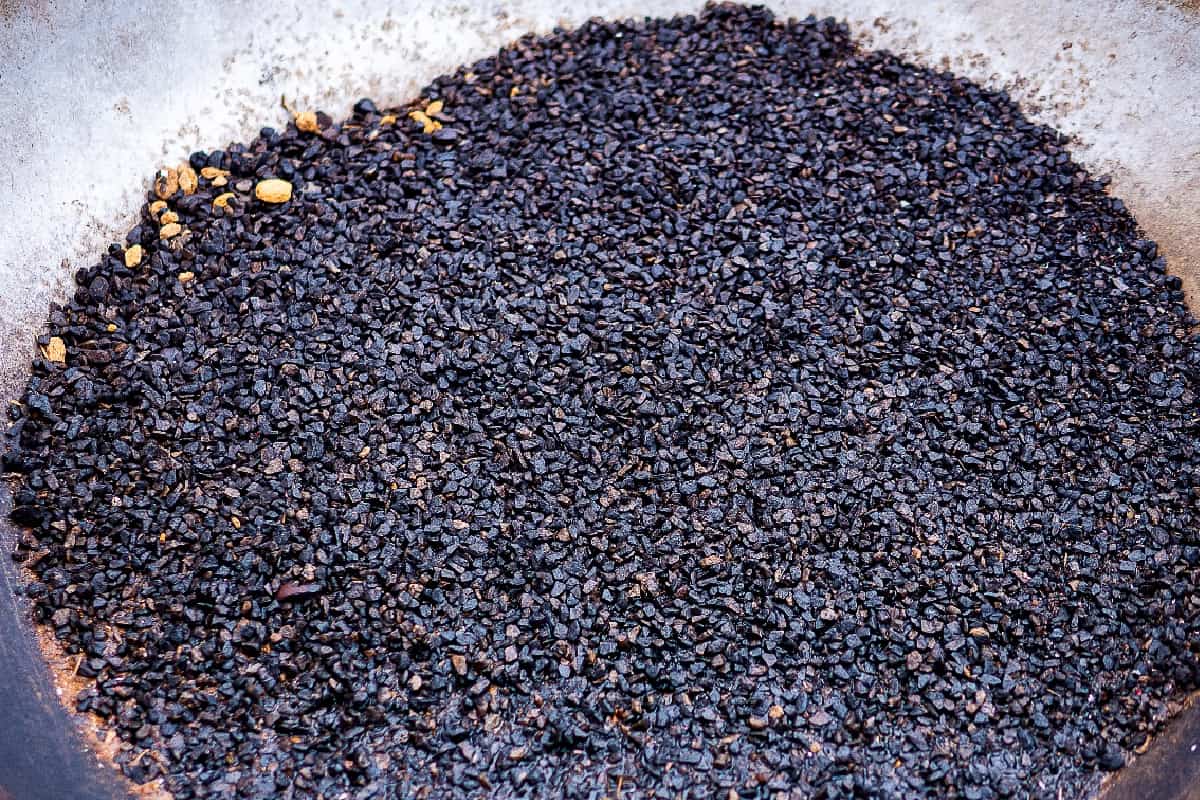
Inorganic mulch is known to suppress the growth of your grass seeds. While you don't want to add this to your grass seeds, it's good to know that it can help suppress weed growth on your lawn. Here are a few inorganic mulches available:
- Stones
- Rubber
- Landscape fabric
- Gravel
- Plastic sheet
Where Can Grass Grow With Mulch?
Normally, you'd want to grow grass on your lawn. However, if you're adding organic mulch to your greenery, you might want to know if it's possible to grow grass with mulch in other areas. The short answer to both answers is yes, grass can grow elsewhere with mulch on top of the grass seeds.
Lawn
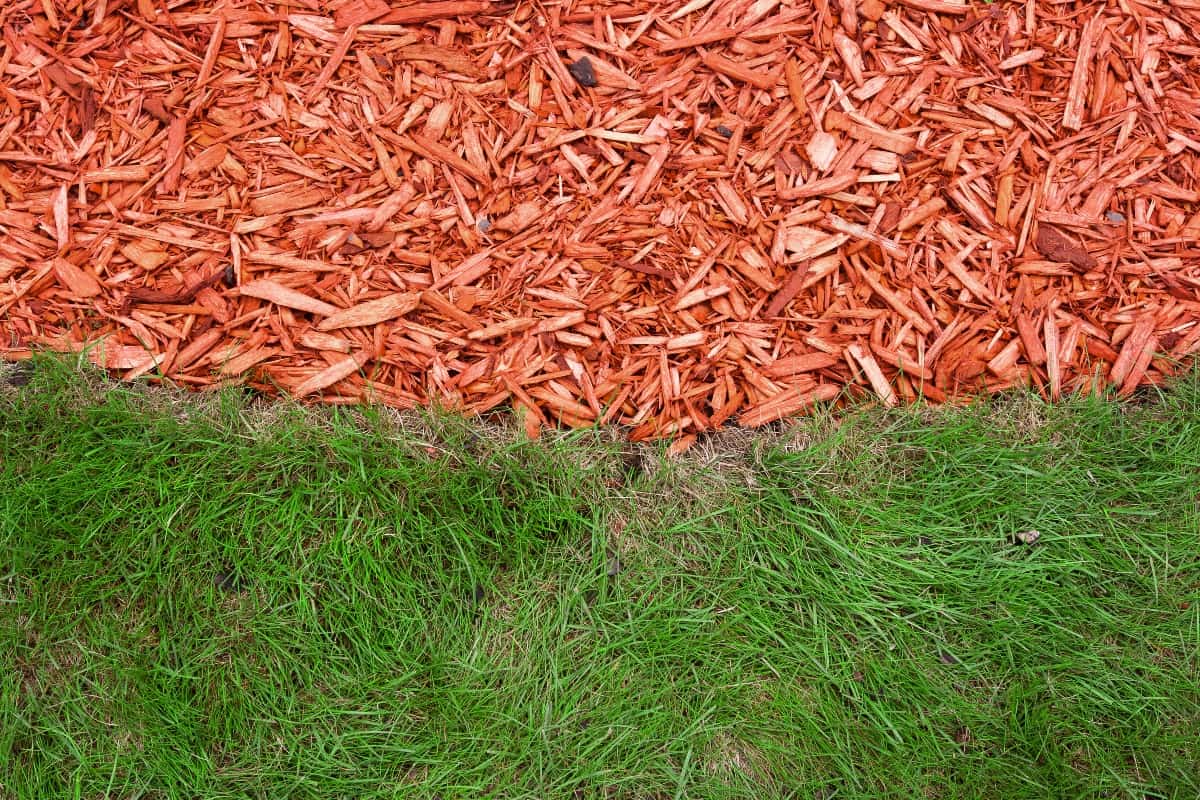
As mentioned, your lawn is an obvious place to grow your grass. Putting mulch on your grass is beneficial for cultivating your lawn, so don't worry about your grass not growing through the mulch.
However, be careful as weeds may grow alongside the grass. You only need a thin layer of mulch to help your grass grow.
Flower Bed
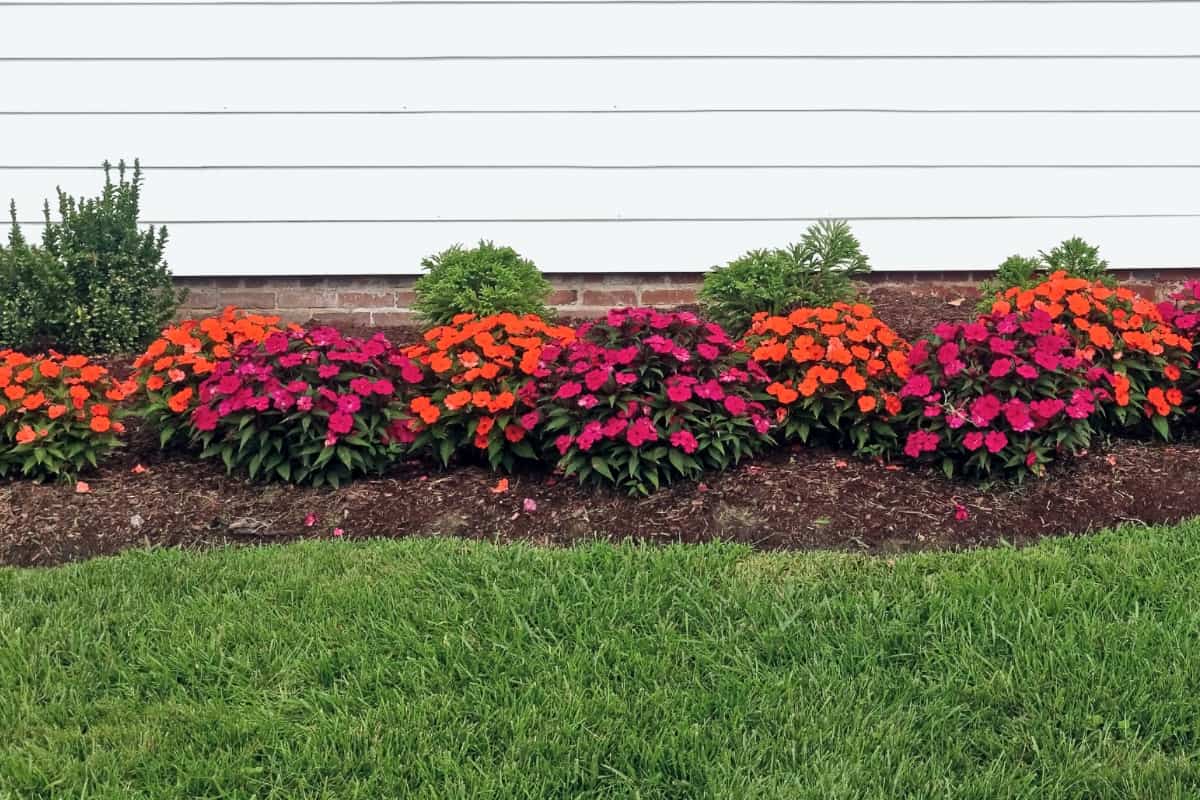
Another area where grass can grow with mulch is the flower bed. Unlike the lawn, you wouldn't want the grass to grow in this area as it may disrupt the growth of your flowers. While mulch can help in grass growth, putting the right kind and amount of mulch will help suppress it.
How To Apply Mulch For Grass Seed Growth
Now you know that grass seeds can grow with organic mulch applied, you'll want to know how to effectively apply mulch. Adding too much mulch will prevent grass from growing, but adding too little might not benefit the grass seeds.
To start adding mulch properly to your grass seeds, you'll need to prepare the following materials first:
- Garden fork
- Rake
- Lime and fertilizer
- Fertilizer spreader
- Grass seed
- Seed spreader
- Plastic leaf rake
- Organic mulch
- Cage roller
- Hose
Prepare The Soil
Before planting your grass seed, you should prepare the ground where your grass will grow. Apart from having good soil, you should use your garden fork to loosen up 3-4 inches of the soil. Don't forget to clean the ground of loose rocks and roots so your grass seeds can grow without obstructions.
After that, rake the soil to smoothen the area. You can spread topsoil on the low areas to prevent water from pooling and even the surface.
Check out this garden fork on Amazon.
Fertilize The Ground
Once you're done with the soil, you should spread the fertilizer and lime on the soil. Generally speaking, you need to apply fertilizer to the soil so it can absorb nutrients.
After 10 days, you can add lime to the soil to make the fertilizer more effective. Rake the ground to incorporate the two ingredients into the soil.
There are situations wherein your soil would need lime first than fertilizer. You can also apply both at the same time, though it is recommended to apply them separately. For that, you'll need to test out the acidity of your soil.
Here's a lawn fertilizer available on Amazon.
Planting The Seeds
Once you're done preparing the ground with fertilizer and lime, you can start planting your grass seeds. You can do this by spreading the seeds thinly and evenly on the soil's area with a seed spreader.
After planting the seeds, rake the soil again to blend the seeds properly. You can even out and smoothen the ground by using the backside of a plastic leaf rake.
Try this lime for soils on Amazon.
Applying Organic Mulch
This is when you can add your organic mulch on top of your grass seeds. The mulch can be around 1/4-1/2" thick on the seeds' areas. Use a cage roller to spread the mulch evenly and keep the ground leveled properly.
A simple hose can do the trick, but you can use a spray nozzle or a sprinkler to water the soil. Initially, you can water the ground for 10-15 minutes to cover a depth of 6" of the ground. Next time, you'll only need to water it twice daily.
Take a look at this compost on Amazon.
Maintaining Your Lawn
Having a lawn doesn't only add a touch of greenery to the place but also has other benefits, including lowering the temperature and soaking excess water. With your grass all set up to grow, all you need to do is maintain your lawn.
Maintaining your lawn doesn't only include watering it and adding mulch to make the grass grow. Here are some tips to take care of your lawn:
Cut Your Lawn
You should mow your grass to avoid having unwanted grass or weeds growing alongside the type of grass you're trying to cultivate. Depending on the season, the height of your lawn's grass should be at around 1/2-3" tall.
Aeration
Speaking of seasons, you'll want to loosen the soil during the first weeks of spring. You can do this by puncturing the soil to make it soft.
Constant Watering
Although the mulch in your lawn can retain moisture, you should water it twice daily. Your soil should maintain at least 1" of water weekly.
Weed And Pest Control
You might find a few pests or weeds as you take care of your lawn. You can choose non-toxic pesticides and herbicides to curb this issue.
Fertilize
You can put fertilizer on your lawn at least once a year to help the soil maintain nutrients. Usually, this is done before winter, but you can also use fertilizer on the ground during spring if your soil needs extra help.
Final Thoughts
You can grow your grass seeds with the help of mulch, but only if you're using the right kind. It's ideal to use organic mulch to help cultivate your grass seeds. If you use inorganic mulch, it will suppress your grass' growth.
For more helpful articles, you can check out the following:





![man replanting herb with yellow flowers for use in landscaping. 15 Perennials That Absorb Water [Incredible Choices For Foundation Landscaping]](https://landscapingbase.com/wp-content/uploads/2022/09/man-replanting-herb-with-yellow-flowers.-15-Perennials-That-Absorb-Water-600x400.png)
![Big custom made luxury house with nicely trimmed and landscaped front yard, South Facing Front Yard Landscaping Ideas [17 Ideas To Increase Your Curb Appeal]](https://landscapingbase.com/wp-content/uploads/2022/09/BIGCUS1-600x400.jpg)
